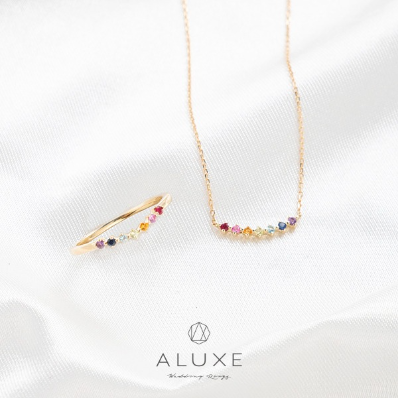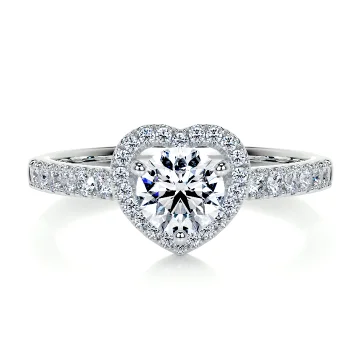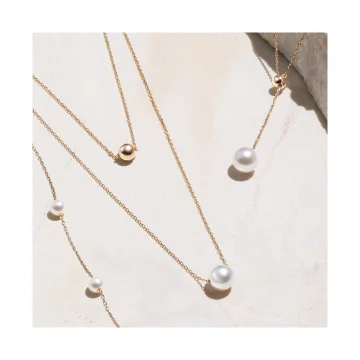
Aside from having sentimental value, necklaces are also fashion accessories that can be worn by men and women with their daily outfits. However, what about people who are highly allergic and get skin rashes whenever they put on a necklace? Don’t they have the right to accessorize? Rest assured because by choosing the right materials, you can also enjoy wearing different necklaces every day.
First, let’s learn about various materials used in necklaces.
Silver
Silver is a soft material which is why many necklaces in the market are made with sterling silver, an alloy consisting of silver and other metals. While silver necklaces exude an elegant silver luster, they are prone to oxidation and will require good maintenance.
Platinum
Platinum is a precious metal with very rare production, accounting for only 1/20 of the annual harvest amount compared to gold, thereby making platinum the most valuable metal. While both platinum and silver look similar in color, platinum does not oxidize and also boasts higher hardness and density compared to silver. If you want jewelry that lasts, does not discolor, or deteriorate, paying higher prices for platinum is definitely the right choice.
Gold
Imitation gold
Imitation gold refers to gold plating or filling, which is basically either electroplating a layer of gold or wrapping a layer of gold foil onto another metal to “disguise it”. Imitation gold materials are highly prone to fading, peeling, and poor craftsmanship which is why one should pay special attention when shopping for jewelry.
Brass
Brass materials are darker in color and lack the luster of other metal jewelry. Instead, they exude a sense of nostalgia, making them a favorite of people who love retro and subtle fashion. It’s similar to silver in the sense that both have issues with oxidation but the naturally darker color of brass can sometimes benefit the effects of jewelry as they oxidize.

The five types mentioned above are common necklace materials. However, what are the materials that are less likely to cause allergies? And how should people with sensitive skin choose their necklaces?
Avoid metal alloys such as palladium, nickel, chromium, and copper
When palladium, nickel, chromium, and copper come in contact with sweat or water, trace amounts dissolve and cause allergic reactions when metal ions come in contact with your skin. Therefore, we recommend avoiding these metal alloys and instead opting for superior metals such as gold, silver, or platinum when selecting a necklace.
Select high purity metals
We also recommend selecting higher purity metals when choosing from gold, silver, or platinum. If the higher price of 24K gold or platinum concern you, we highly recommend necklaces made from 18K, 14K, or pure silver materials.

Picking a necklace with the right material will increase comfort and also accentuate your outfit. We’ve compiled 3 necklace recommendations for people with sensitive skin.

A single round diamond with prong settings is perfect for young ladies who prefer a style that is minimalistic and cute. Both the 18K gold pendant and 14K gold chain are higher purity materials that will eliminate issues such as red, itchy skin.

While this selection also features a single round diamond, the use of a channel setting elevates the style to that of an elegant socialite, making it stand out even in formal wear.

An 18K gold pendant with small diamonds embedded into the shape of a heart. The biggest difference from other heart-shaped pendants are the diamonds embedded on the side which elevate this necklace to an eye-catching piece, similar to a dreamy yet playful princess.






































